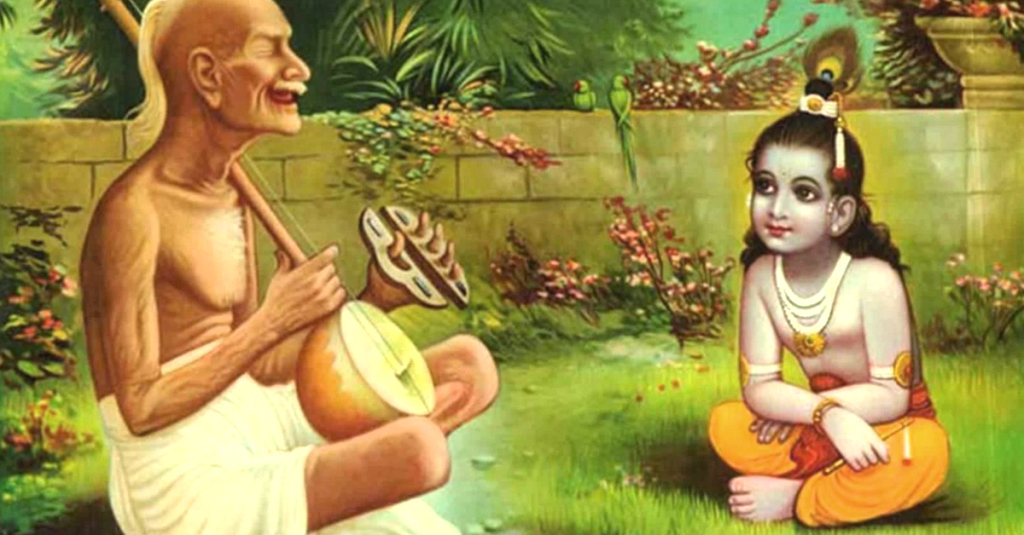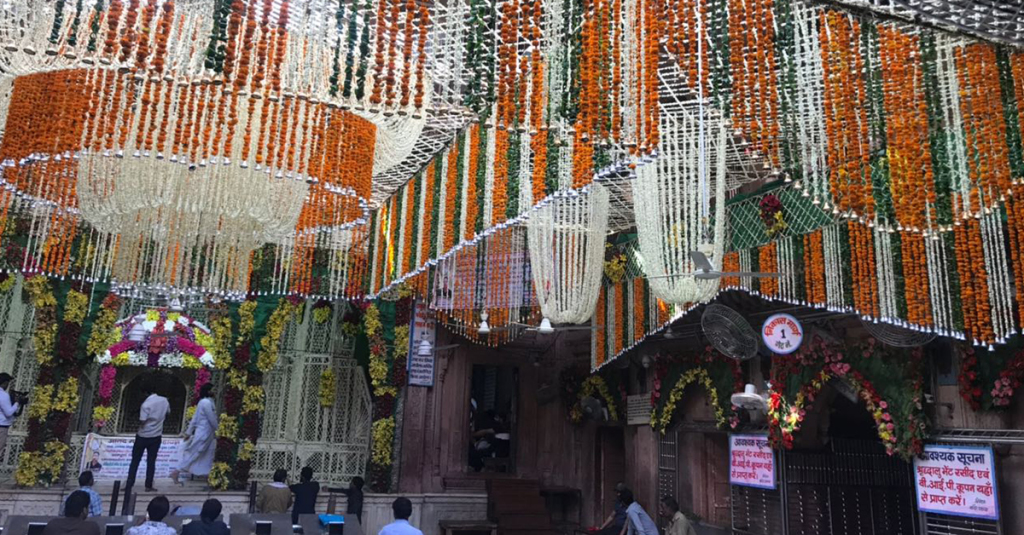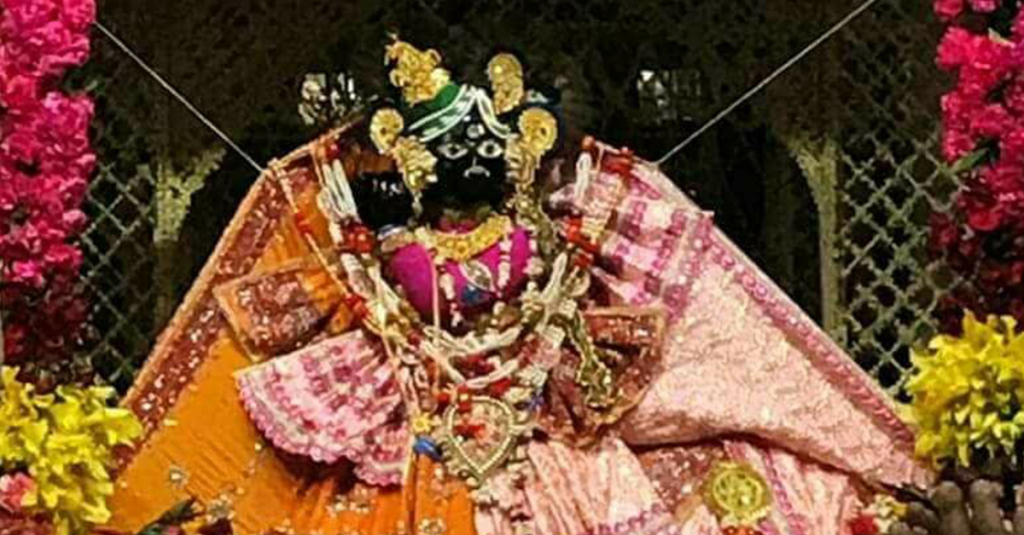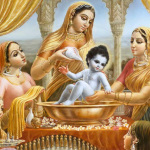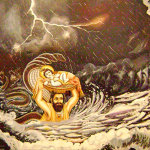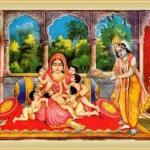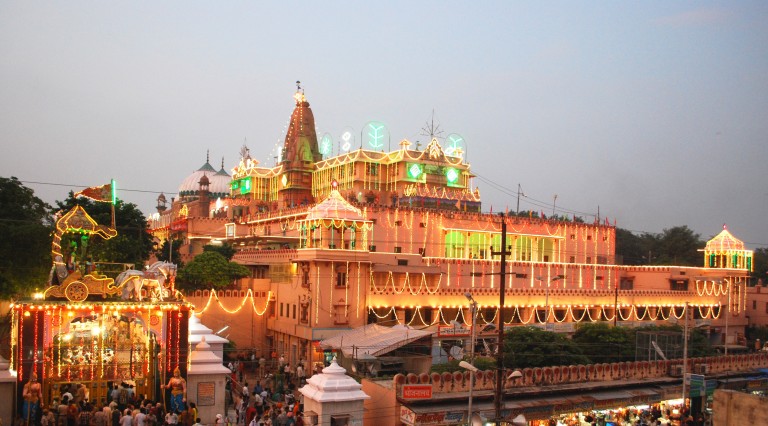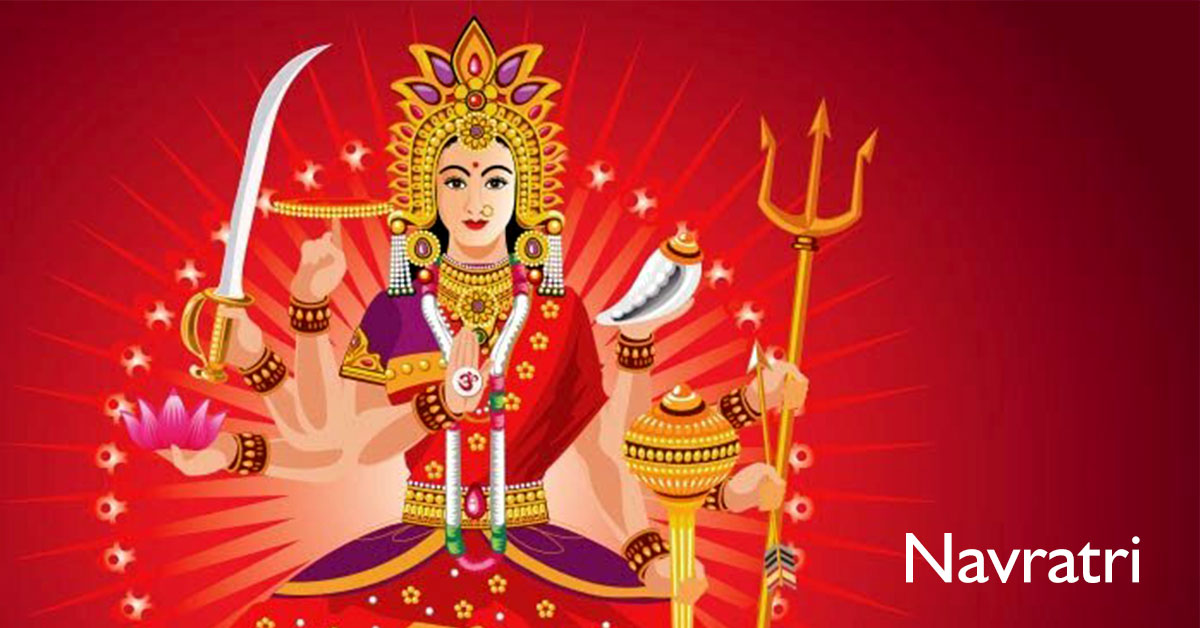Every season has its special significance in Vrindavan, and summer is no exception. As the season arrives in holy Braj, juhi, bela, ratrani, motia and other summer flowers rise to the occasion of serving Bihariji and welcoming His devotees with the sweetest fragrance in the world. From Chaitra Shukla Ekadashi (March)to Shravan Krishna Amavasya (August), Bihariji enjoys the Phool Bangla, meaning the house of flowers.
The Legend
It is believed that the tradition of Phool Bangla can be traced back to the gifted poet Surdas, a disciple of Shri Ballabhacharya. Although he was blind, Surdas could ‘see’ lord Srinathji. So deep was his devotion that Surdas could have divine darshans of the Lord. He composed many songs eulogizing the Lord’s beauty and grace. In fact, he used to sing compositions every day detailing Srinathji’s appearance. So vivid were his descriptions that everyone would be amazed. It is said that although Surdas could not see with his eyes, his mind’s eye was so powerful that he could even describe the colors of the Lord’s attire.
One day, with the intention of demonstrating Surdas’s divine power, his guru Ballabhacharya adorned the Lord with flowers only. On that day, Srinathji wore no clothes but only attire made out of flowers intertwined together. So dense was the flower weavings that no devotee could understand that the Lord was wearing only flowers. The only exception was Surdas. On that magical summer evening, the blind poet sand, “Aaj Hari dekhe nangam nanga” which translates as “Today I saw Hari naked”.
Phool Bangla Decorations
Almost all the evenings of the four-and-a-half-month-long Phool Bangla festival witness enthralling flower decorations that in a way reflect the profound devotion with which the Goswamis have been doing this for ages. Thakurji comes to the Jagmohan where the phool bungalow is erected with wooden frames of various shapes and sizes. Next, the wooden frames are covered with strings of flowers woven so intricately that they resemble the ‘jali’ pattern that one usually witnesses in Rajasthani palaces. The decorated frames are then arranged in such a way that they give the impression of a house or bungalow. The panels create a main room, canopy, side rooms, staircases, and pinnacle.
Thakurji’s attire during Phool Bangla
Flowers not only decorate the ambience but also Thakurji. Leaves, flowers, and buds are woven into beautiful bracelets, armlets, crowns, earrings, and garlands to adorn Thakurji. Apart from flowers and their buds, ornaments are also made with banyan leaves cut-outs.
Words can hardly capture the beauty of Phool Bangla. You need to be in Vrindavan during summer to soak in the beauty that’s all around. Becoming a Krishna Bhumi Holydays member will help you participate in all the Vrindavan festivals. You can stay in your luxury apartment in Krishna Bhumi, just a few minutes from Banke Bihari temple, and spend 7 magical days in Vrindavan every year.
Radhe Radhe!



